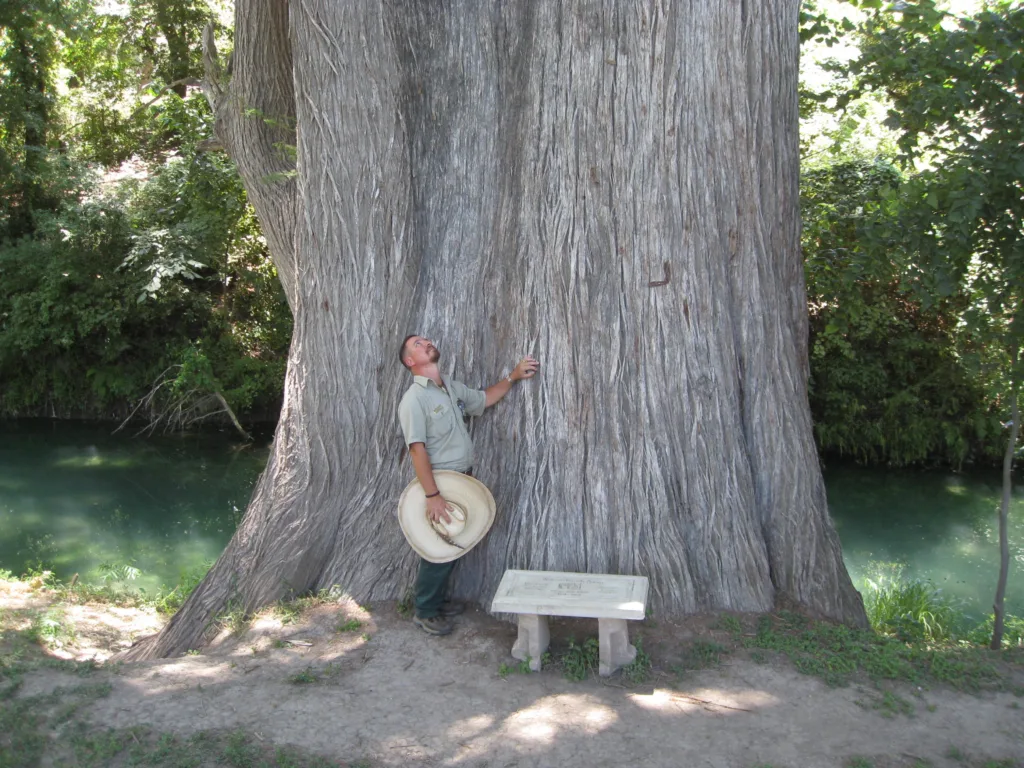
Robert Edmonson with Texas A & M Forest Service is the speaker for the May 23 chapter meeting. He will share his expertise about choosing trees, how to plant and take care of them, and “what not to do” so you don’t kill the trees you already have. He will also provide recommendations for native plants and shrubs for our region (Edwards Plate
“We are looking forward to Mr. Edmonson sharing his knowledge with us,” said Deborah Simmons, President, Fredericksburg Chapter of NPSOT. “Our region has suffered greatly from oak wilt, drought and severe freezes. We hope new homeowners and long-time landowners will bring their tree-related questions and learn more about the best trees to plant in our area and how to do it.”
Edmonson has been with Texas A & M Forest Service since 1993 and serves the Johnson City Region, which includes Blanco, Comal, Gillespie, Kimble, Llano, Mason and Menard Counties. His current responsibilities include statewide implementation of the oak wilt suppression program; oak wilt research; creating content for the oak wilt partnership website (texasoakwilt.org); training International Society of Arboriculture-certified arborists for oak wilt qualification; implementation of woodland stewardship and conservation programs; assistance with Operation Ponderosa at Davis Mountains Preserve; emerald ash borer detection program; emergency response duties; public education on various tree-related topics; state-wide drought, flood and freeze assessments. He graduated from Texas Tech University in 1988 with a B.S. in Wildlife Management. ~ Holly Simonette


